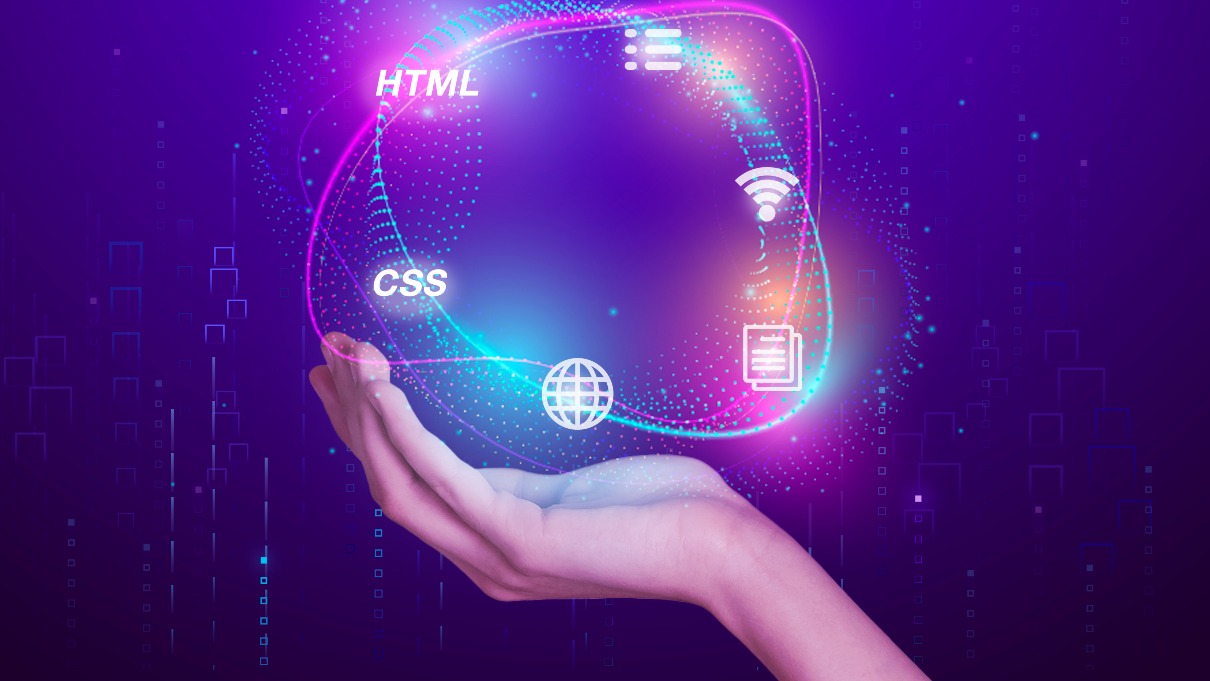In recent decades, technology has played a crucial role in enhancing healthcare. From AI-based disease diagnosis to innovative drug development, medical breakthroughs continue to provide new ways to prevent and treat various conditions. Here are the seven technological innovations set to transform the medical field in the coming years.
What Is a Medical Innovation?
A medical innovation, or "medtech innovation," refers to the development of new tools or devices aimed at improving patient care. This includes any equipment or technology designed for detecting, preventing, or treating diseases.
Medical innovations cover a wide range of areas such as medications, medical devices, surgical techniques, health information systems, diagnostic tools, and gene therapies. The main goal of these advancements is to create safer and more effective healthcare solutions. In the past, significant innovations included antibiotics, antiviral drugs, and advanced medical imaging. Nowadays, tools like e-learning help healthcare professionals stay updated on medical advancements, fostering quicker and broader knowledge sharing.
Why Are Medical Innovations Important?
Medical innovations are vital for several reasons:
- Enhancing Disease Understanding and Treatment: They drive major scientific progress that helps improve patient care and quality of life.
- Reducing Complications and Healthcare Costs: New technologies enable quicker and safer diagnosis and treatment, ultimately lowering medical expenses.
- Economic Impact: By making treatments more efficient and reducing disease recurrence rates, innovations contribute to long-term healthcare savings.
Benefits and Challenges of Medical Innovations
While there are many benefits for both patients and healthcare providers, medical innovations come with certain challenges:
- Benefits: They lead to better treatment outcomes, higher recovery rates, and improved patient quality of life.
- Challenges: Some advanced technologies can be expensive, making them less accessible. Ethical concerns also arise, such as those related to genetic modifications and cloning.
Game-Changing Innovations in the Medical World
Technological growth has significantly impacted the healthcare sector, improving patient care and expanding access to treatments. Here are some of the latest innovations poised to revolutionize medicine:
-
3D Printing: The medical field has greatly benefited from 3D printing, which allows for personalized medical devices. This technology can produce custom prosthetics and implants at a reasonable cost, making them more available to patients. Additionally, bioprinting is advancing rapidly, enabling the creation of bone, cartilage, and even skin tissues.
-
Immunotherapy: In cancer treatment, immunotherapy has marked a significant breakthrough. It enhances patient survival rates while avoiding the severe side effects and high costs of chemotherapy. By harnessing the immune system to detect and destroy cancer cells, this approach is transforming the way certain cancers are treated.
-
Virtual Reality (VR): Often associated with gaming, VR has become a valuable tool in healthcare. It can be used therapeutically to manage pain and aid in patient rehabilitation, such as stroke recovery and Alzheimer’s care. Augmented reality also provides benefits in physical therapy and mental health treatment.
-
Artificial Intelligence (AI): Although sometimes met with skepticism, AI has proven to be an essential asset for diagnosing complex conditions. Algorithms, especially those using deep learning, help in medical imaging, improving lesion detection and treatment planning with speed and accuracy.
-
Big Data: Managing massive amounts of medical data is crucial. Big data analytics enables the simultaneous processing of large datasets, fostering medical research and clinical studies. With open data initiatives like the National Health Data System, researchers can access vast amounts of information (subject to data protection regulations) to advance public health studies and innovations.
-
Nanotechnology: Nanoscience plays an essential role in diagnosing diseases at the cellular level. By examining structures smaller than 100 nanometers, it helps in identifying genetic markers for diseases and delivering targeted medications that protect healthy cells while treating affected ones.
-
Mobile Apps and E-Health: Mobile health apps simplify appointment scheduling and provide self-monitoring tools for heart rate, sleep patterns, and dietary habits. These tools support preventive care by giving valuable health data to both patients and doctors. The rise of connected health devices has promoted better lifestyle habits and health management.
Did You Know?
Since 2013, the Regional Health Agency (ARS) has invested over 260 million euros to promote the growth of medical innovations, benefiting both healthcare professionals and patients on a regional scale.
Conclusion
The medical world is undergoing a significant transformation with the help of technology. Innovations like AI, nanotechnology, medical robotics, and telemedicine are creating crucial opportunities for improving healthcare delivery and patient outcomes. To facilitate global access and understanding of these advancements, medical translation plays a key role in ensuring that content is clear and available in multiple languages.



